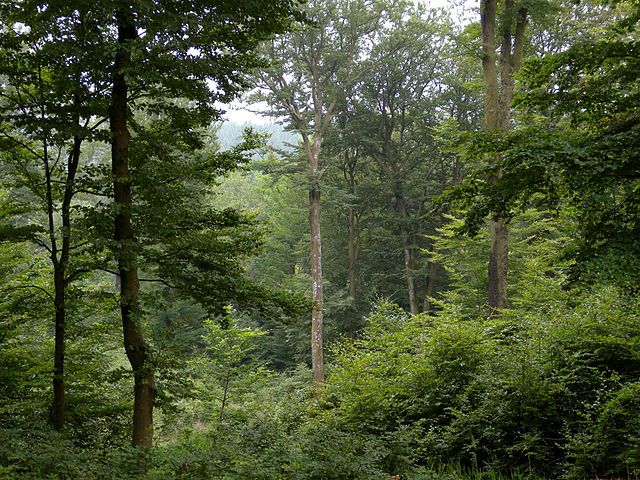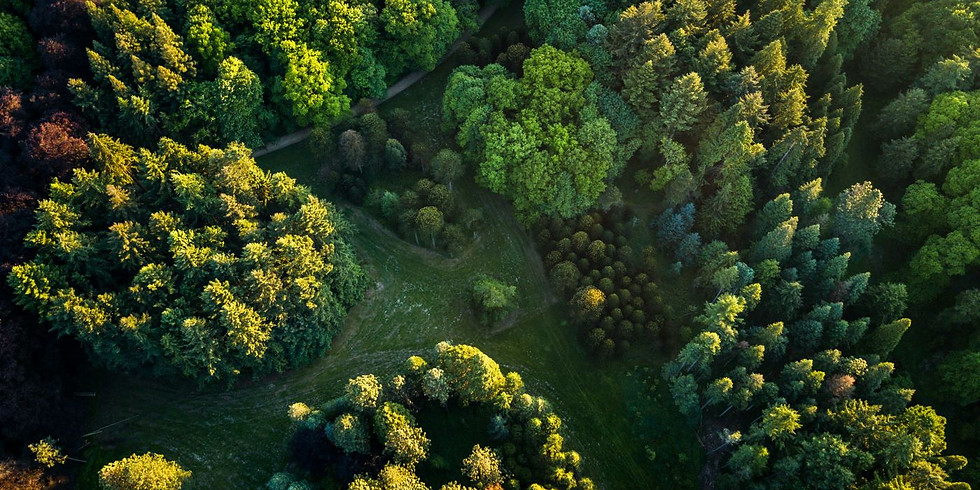“And into the Forest I go, to lose my mind and find my soul.” John Muir
Forest Therapy is the practice of immersing oneself in the natural world - be it a forest or other natural environment - through an awakening of the senses and a process of “slowing down”. In essence, a Forest Therapy walk consists of a gentle wander through the forest, in which a guide offers a series of invitations to encourage a soft somatic awareness and a connection with the natural world. The term “Forest Therapy” is something of an umbrella term for a group of practices, all of which involve connecting to our surroundings through our bodies and supporting physical and mental health and well-being in the process.
Japanese origins laid the foundations for a practice which is now growing significantly in the “West” and taking on new forms and approaches. Forest Therapy is gradually seeding itself as a practice and is gaining increasing relevance and importance as a result of our growing yearning for exposure to nature, in the context of the coronavirus pandemic.
George Bismans is a trained Forest Therapy Guide, certified by the Association of Nature and Forest Therapy. Born in Belgium to British parents, he’s hopped around Europe since leaving school in 2011. He graduated with a BA in Modern Languages and Cultures from Durham University, spent time living and working in Rome and Seville, before studying for an MA in International Relations at the Diplomatic Academy of Vienna. His professional path has been a somewhat eclectic one so far, having worked for EU institutions, an interreligious peacebuilding and dialogue centre, an international school and the sustainability think-tank, the Club of Rome. George never feels more at home than when he is in the wild, be it camping under the stars, hiking mountain trails or simply wandering under the forest canopy.






